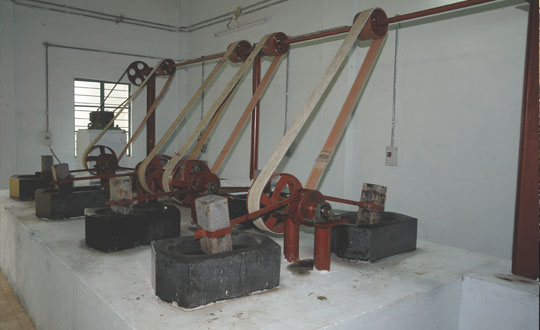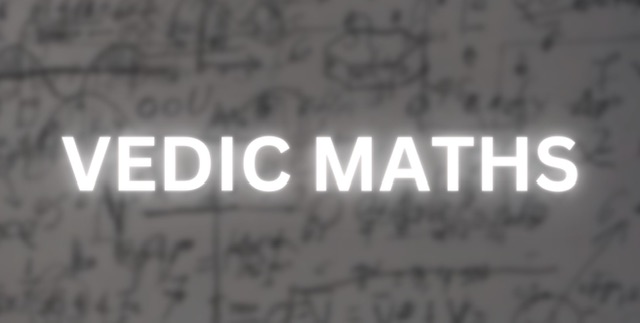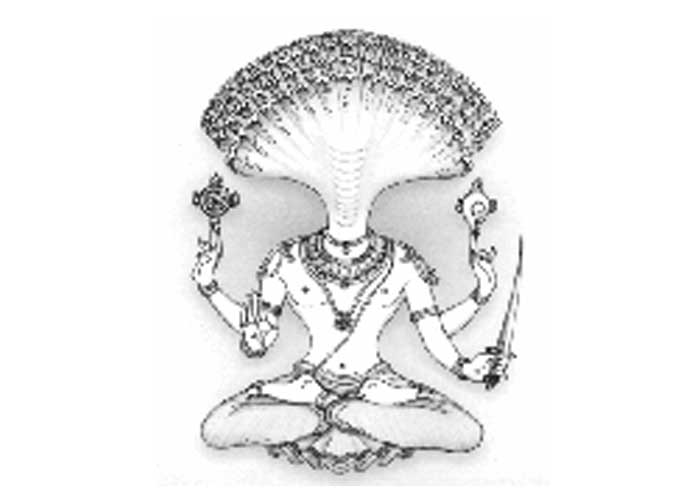Owing to a wide variety of potential applications ranging from metallurgy to medical solutions, in recent years Nano technology has become one of the hottest tracked research areas and is called a key technology for the future. No wonder governments world over have invested billions of dollars in its research. Nanotechnology deals with materials and machines on an incredibly tiny scale, from 1 to 100 nanometres. A nanometre is one billionth (10-9) of a metre, which is tiny; only the length of ten hydrogen atoms, or about one hundred thousandth of the width of a hair!
One of the areas in this field deals with developing new materials with dimensions on the nanoscale. But it usually involves radically new and evolutionary processes to produce the nano form of the materials and then create the application products. These processes often need several days and lots of mechanical effort and electrical power to generate few kilograms of nano metal. Often, the substances are either unstable or have relatively limited stability properties, and are sensitive to heat, moisture and pressure.
Even as the research community is making advances in harnessing this potential around nano technology, (which was thought to be ‘science fiction’ till a few years back) a much lesser known fact is that our country has a rich legacy in nano technology! Not in recent history, but this legacy dates back several thousand years. From Tipu’s sword in recent century that is made from a very unique nano form metal alloy that is even now not fully understood, to the famous pillar in Delhi that is composed of nano metal alloys and all the way back to the Vedas that talk about substances with properties that are very much like the nano technology we know of today. It is this potential in the Vedas that inspired Dr. ABS Sastry, the translator of Ancient Aeronautics by Rishi Bharadwaja, a comprehensive ancient engineering book on Aeronautics, to look into several hidden scientific aspects in the scriptures, with material sciences being one area that is very richly covered in the Vedas.
Initially, when Dr. Sastry and his team started cracking the codes in the Vedas around producing these metals and alloys six years back, the nano forms produced were unstable. But after further probing and analysis of the vedic codifications, the team improved the process. Now, Dr. Sastry’s team has the know-how and wherewithal to produce nine nano metals including copper, zinc, tin and iron, and three nano alloys.
His team successfully completed a project on ‘Some Corrosion resistant copper alloys based on Vedic texts’ sanctioned by Principal Scientific Advisor to the Government of India and the process on ‘Synthesis of nano copper by herbal route’ was patented, and the project findings were published by the same PSA office. In 2012, they commercialised the production of nano copper. Every batch is produced in 15 minutes, from ore using just herbs and kitchen vessels in their small workshop. It’s entirely a herbal process. Power is not used at all! Compare this to the massive week-long metallurgical processes based on modern sciences, and one can comprehend how advanced the Vedas are.
Little wonder then that Dr. Sastry’s team now has ten provisional patents around processes to produce nano metals and alloys. And in 2011, it won the National Innovation Award from Department of Science and Technology and CII, recognising that the nano copper produced by them is 99.999% pure at a much cheaper rate. This has been proven in few applications including healthcare where this copper-based solution totally eliminated E-coli bacteria, which has become a malignant problem in the world. This nano copper can withstand a temperature of 800OC, whereas the same produced by others cannot even withstand a temperature of 550-600OC.
It’s time we revisit the advanced technology and scientific concepts given in our ancient texts and stop addressing them as mere ‘religious’ texts.
Image Source – http://mobilepaper.timesofindia.com





